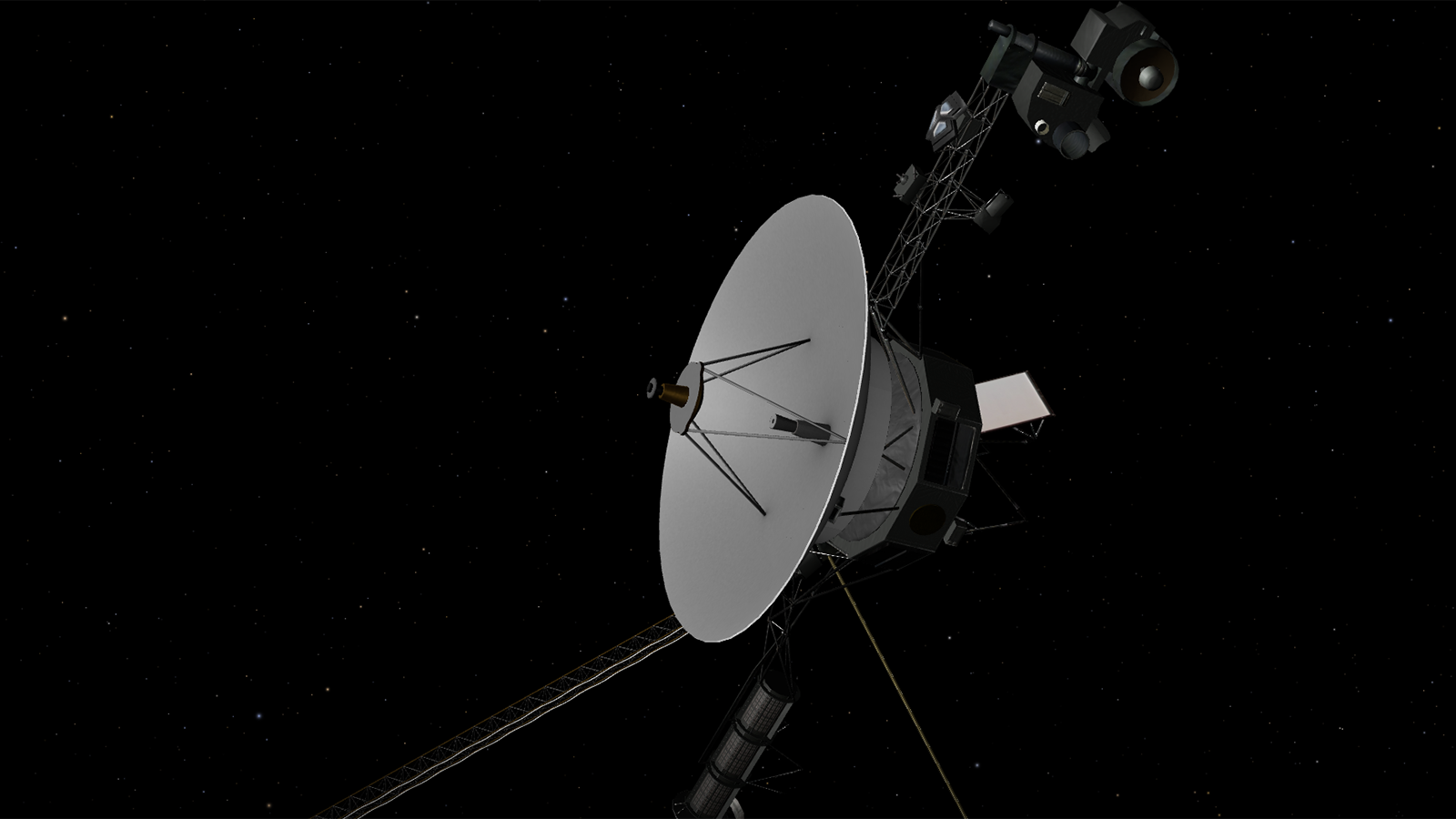NASA is tackling Voyager 1’s computer challenges with innovative solutions, leveraging AI and software updates to ensure its continued success in interstellar exploration.
The silence from the far reaches of the solar system has been deafening. Launched in 1977, Voyager 1, humanity’s most distant emissary, has been transmitting invaluable scientific data and breathtaking celestial imagery for decades. However, since last November, a glitch has halted these transmissions, casting a shadow over this intrepid spacecraft’s ongoing mission.

Diagnosing the Problem: A Technical Challenge of Astronomical Proportions
The culprit behind the silence seems to be the Voyager 1’s flight data system (FDS), the unsung hero of the mission. Think of the FDS as the spacecraft’s central nervous system, meticulously collecting data from scientific instruments and then carefully formatting it for transmission back to Earth. Unfortunately, this critical communication link is over 24 billion kilometers away, resulting in a signal travel time of a staggering 22.5 hours each way. Imagine troubleshooting a computer issue on your laptop, but with a time delay of over a day for every attempted solution! This is the daunting task facing NASA’s dedicated team of engineers.
Further complicating matters is the absence of the original engineers who built the FDS in the 1970s. Their invaluable experience and intimate knowledge of the nearly 50-year-old system are no longer readily available. The team must rely on a combination of historical documents and their own ingenuity to decipher the cryptic messages coming from the spacecraft.
A Glilimmer of Hope: A Digital Snapshot Offers Clues
Despite the immense challenges, a critical breakthrough in March offered a glimmer of hope. By transmitting a carefully crafted “poke” command, engineers were able to elicit a response from Voyager 1 in the form of a memory readout. This readout acts as a digital snapshot of the FDS’s internal state, potentially holding the key to diagnosing the problem. By meticulously comparing it to an earlier readout from before the malfunction, engineers hope to pinpoint the exact nature of the glitch.
Early signs suggest a corrupted memory unit might be the culprit. This would explain the garbled data transmissions received since November.
A Daring Maneuver: Reprogramming Across the Vastness of Space
Joseph Westlake, director of NASA’s heliophysics division, believes a software workaround could be the answer. The plan involves a delicate maneuver – shifting a few hundred “words” (each word being two bytes) of software within the flight computer’s memory. This intricate operation, akin to brain surgery on a machine millions of miles away, would effectively bypass the corrupted memory section.
While a solution appears to be within grasp, the road to recovery won’t be instantaneous. As NASA has noted, devising and implementing this software patch will require additional time. The coming days and weeks will be tense for Voyager 1 and its ground control. Every step must be carefully planned and executed, with the success of the mission hinging on the precision and skill of the engineers.
Beyond Repair: The Enduring Legacy of Voyager 1
Even in the worst-case scenario where a fix proves impossible, Voyager 1’s legacy remains secure. This intrepid spacecraft has travelled further than any other human-made object, venturing into the uncharted territory of interstellar space. Its groundbreaking observations have revolutionized our understanding of the solar system and the universe beyond. The data it has collected has provided scientists with invaluable insights into the composition of planets, the existence of alien moons, and the nature of interstellar space.
More than a scientific instrument, Voyager 1 also carries a symbolic message of humanity’s enduring curiosity and desire to explore. Etched onto a golden record aboard the spacecraft is a collection of sounds, images, and greetings representing the diversity of life and culture on Earth. This record serves as a message in a bottle, cast adrift on the cosmic ocean, carrying the hopes and dreams of humanity for any potential alien civilizations that might encounter it in the vast expanse of space.
The quest to revive Voyager 1 transcends mere engineering; it’s a testament to human ingenuity and our unwavering desire to explore the vast unknown reaches of the cosmos. We eagerly await the next signal from Voyager 1, a beacon from the interstellar sea, carrying the promise of a revived mission, a renewed dialogue with the depths of space, and a testament to the enduring human spirit of exploration. As Carl Sagan, famed astronomer and champion of space exploration, once said, “Voyager travels the cosmic ocean, and carries with it the collective story of our species – a message in a bottle that is cast upon the waves of time.” The world holds its breath, waiting for that message to resume its epic journey.

















